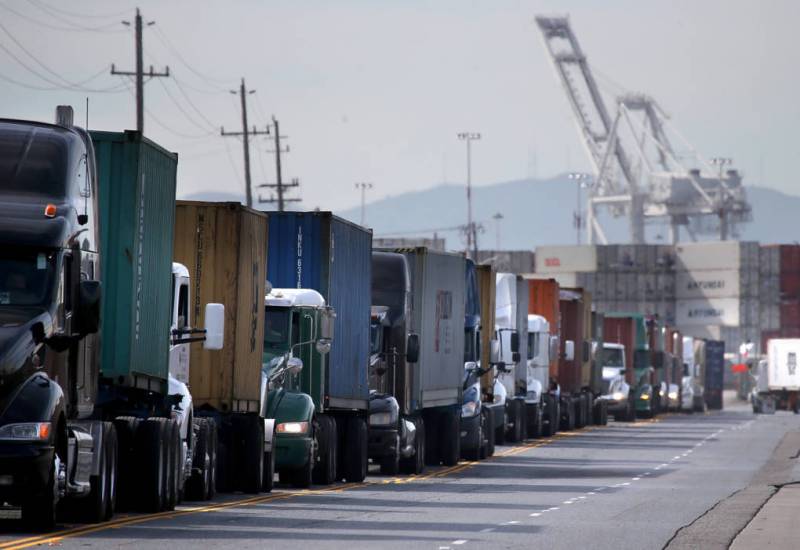Though it may have been eclipsed in headlines and worrying by the coronavirus pandemic, the climate crisis has not gone away.
As new President Joe Biden tries to implement policies with the goal of redirecting economic development toward greenhouse gas reduction, he’ll have to contend with pressure not only from groups on the right who oppose environmental regulations, but with those on the left who may see Biden’s plans as too timid.
KQED science reporter Kevin Stark has been following the rising clout of an environmental coalition that has not always been a part of mainstream environmental thinking, but which helped derail the candidacy of California’s well-regarded environmental official Mary Nichols as head of Biden’s Environmental Protection Agency. He spoke with KQED’s Brian Watt about what these groups may want from the new administration.
Who is this new coalition and what do they care about?
Kevin Stark: These are small advocacy groups — like the California Environmental Justice Alliance, Asian Pacific Environmental Network and the West Oakland Environmental Indicators Project —often organizing in their own neighborhoods. They’re animated by what they see as systemic racism, with communities of color disproportionately living around industrial sites and in neighborhoods with pollution and smog. Many of these groups argue that environmental policy should be combined with social justice measures. They supported Joe Biden’s candidacy because he promised to fight for environmental justice, and they’re promising to hold him to account.
